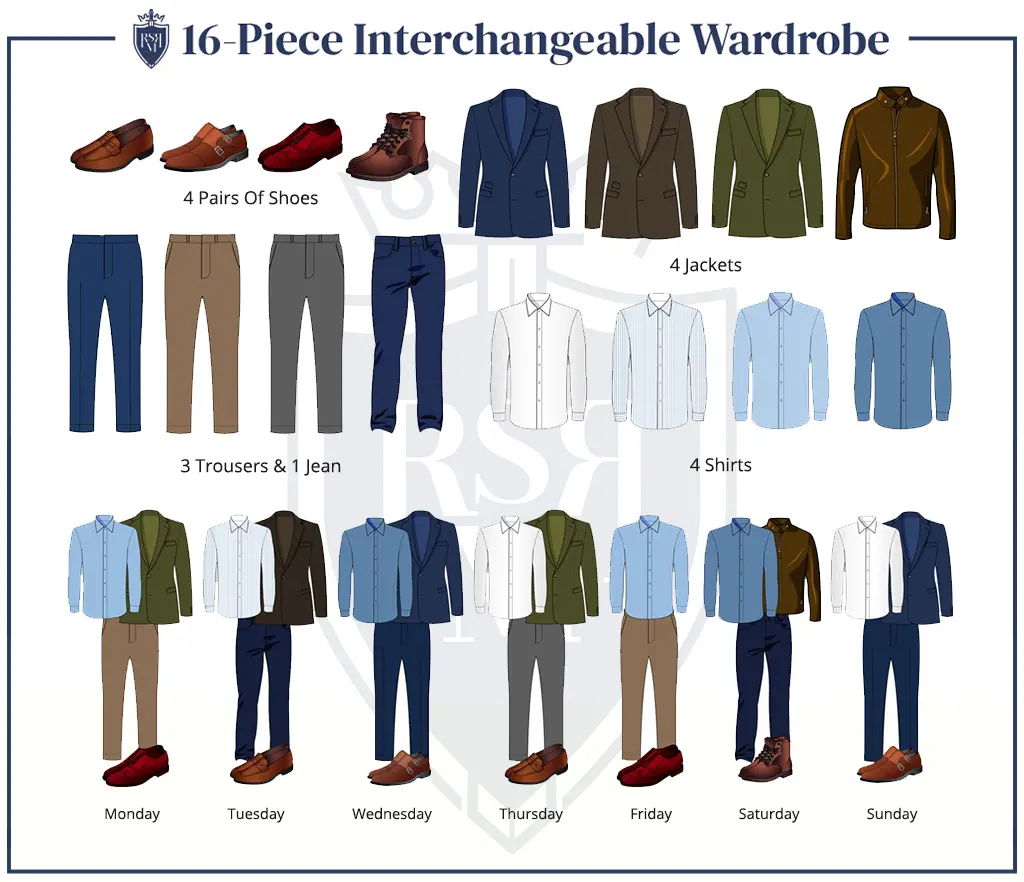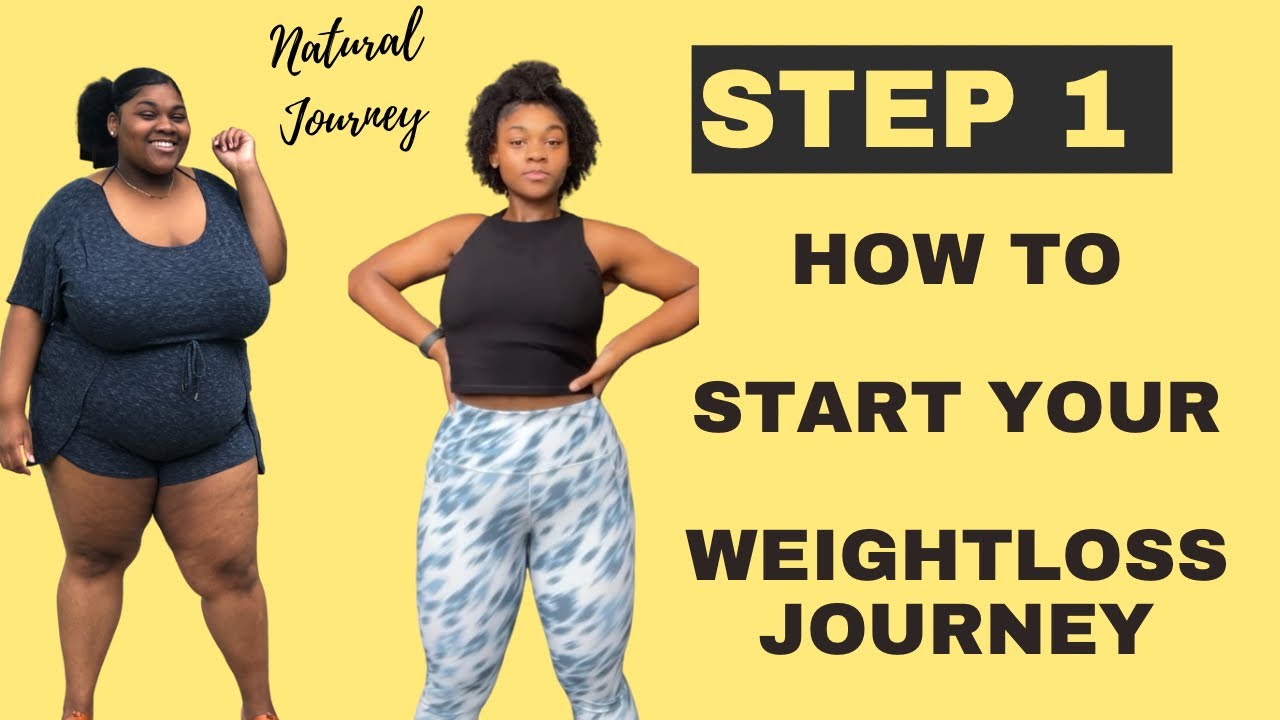The Ultimate Buying Guide for Men’s and Women’s Clothes: Find Your Perfect Wardrobe Pieces

Shopping for clothing online or in stores can be an exciting experience, but with so many styles, fits, and fabrics to choose from, it can also be overwhelming. Whether you’re building a wardrobe from scratch or adding to your existing collection, understanding the basics of choosing high-quality, versatile clothing will help you make the most of your shopping experience. Here’s a buying guide for both men’s and women’s clothing to help you find pieces that fit well, match your style, and suit your lifestyle.
1. Understanding Fit and Sizing
The fit of your clothes significantly impacts how comfortable and flattering they are. Understanding your body shape and preferred fit can help narrow down the best options.
- Measurements Matter: Always have your measurements handy (bust, waist, hips for women; chest, waist, inseam for men). This is especially useful when shopping online.
- Styles of Fit: Common fits include slim, regular, and relaxed. For men’s clothing, slim fits are popular for a tailored look, while relaxed fits provide a more comfortable feel. Women’s clothing fits can range from form-fitting to oversized, depending on current trends and personal style.
- Look for Size Guides: Different brands may have different sizing standards. Check brand-specific size charts and read customer reviews for tips on whether items run small, large, or true to size.
2. Building a Wardrobe with Essential Pieces
When creating a wardrobe, having essential pieces that are versatile and durable can make dressing easier and more efficient.
For Men
- Classic Tees and Polos: Basic T-shirts and polo shirts in neutral colors are staples for casual wear and layering.
- Button-Up Shirts: A couple of well-fitted button-up shirts in solid colors or subtle patterns work well for both business casual and semi-formal occasions.
- Well-Cut Jeans and Trousers: Dark-wash jeans and chinos are versatile for casual to business-casual settings.
- Blazer or Suit Jacket: Ideal for professional or formal occasions, a classic blazer can elevate a simple outfit.
- Outerwear: Depending on the climate, invest in a durable coat or jacket, like a wool overcoat for winter or a lightweight bomber jacket for fall and spring.
For Women
- Basic Tops and Tees: Neutral-colored tops, such as T-shirts, tank tops, and blouses, are essential for layering or wearing alone.
- Jeans and Trousers: A good pair of jeans (skinny, straight-leg, or wide-leg) and a few well-fitted trousers are perfect staples.
- Little Black Dress (LBD): A timeless classic, the LBD can be dressed up or down for any occasion.
- Outerwear: Options like a trench coat, puffer jacket, and denim jacket are functional and stylish layering pieces for different seasons.
- Cardigans and Sweaters: For colder weather, invest in a cozy sweater or cardigan made from wool or cashmere for warmth and style.
3. Choosing Quality Fabrics
The fabric of a garment influences its comfort, durability, and overall appearance. Here’s a quick look at common fabrics for both men’s and women’s clothing:
- Cotton: Comfortable, breathable, and versatile, cotton is excellent for casual and everyday wear. Look for organic or high-quality cotton for better durability.
- Wool and Cashmere: Perfect for sweaters, suits, and coats, wool is warm, moisture-wicking, and durable. Cashmere is softer and more luxurious, ideal for cold weather.
- Denim: High-quality denim is durable and molds to your body over time, making it a staple for jeans and jackets.
- Polyester and Blends: Common in athletic wear and budget-friendly clothing, polyester is wrinkle-resistant and easy to care for, though it may not be as breathable as natural fibers.
- Linen: Light and breathable, linen is great for warm climates but wrinkles easily. It’s a popular choice for summer wear.
- Silk: A luxurious fabric with a smooth feel, silk is often used in blouses and dresses. While it can be delicate, its natural sheen adds elegance.
4. Consider Your Lifestyle and Needs
Your daily routine and lifestyle play a significant role in determining the type of clothes you’ll need.
- Professional Wardrobe: If you work in a business or corporate environment, consider investing in quality blazers, dress shirts, trousers, and polished footwear. Neutral colors and simple patterns work well for a professional setting.
- Casual or Creative Work: For more casual environments, you can get creative with colors, patterns, and fits. T-shirts, jeans, stylish sneakers, and unique jackets are more appropriate here.
- Athletic and Activewear: Quality activewear, like moisture-wicking T-shirts, leggings, and hoodies, is crucial for an active lifestyle. Look for brands specializing in performance fabrics that offer flexibility and comfort.
- Special Occasions: Every wardrobe should include at least one formal outfit. For men, this could be a suit or blazer, while women might consider a dress or jumpsuit suitable for weddings, dinners, or events.
5. Budgeting and Finding Good Deals
Clothing is available at a wide range of price points, and with careful planning, you can build a quality wardrobe without overspending.
- Invest in Staples: Spending a bit more on essential pieces, like jeans, a winter coat, or workwear, ensures durability and timeless style.
- Shop Sales: Seasonal sales, clearance events, and off-season shopping are great ways to find deals on high-quality items.
- Use Discount Apps and Codes: Online tools like Honey or RetailMeNot can find discount codes to use at checkout, and signing up for a brand’s newsletter may offer first-time discounts.
- Consider Thrift or Secondhand Options: Thrift stores and online marketplaces like Poshmark or eBay offer lightly used clothes from reputable brands at a fraction of the cost.
6. Tips for Online Shopping Success
Shopping online gives you access to a wider range of brands and styles but requires some smart strategies for success:
- Read Reviews: Customer reviews often provide helpful information about sizing, fabric quality, and overall fit.
- Check the Return Policy: Before purchasing, make sure you’re comfortable with the return policy, as some items may look different in person.
- Use Size Filters and Measurements: Many online stores offer sizing tools or virtual try-on features to help you make better choices based on your measurements.
- Buy Multipurpose Pieces: Look for clothes you can wear in multiple settings. A blazer that works for the office and date nights, or jeans you can dress up or down, are examples of versatile items.
7. Caring for Your Clothes
Proper clothing care will help your garments look new and last longer:
- Wash According to Care Instructions: Check the tags on clothes and wash items as recommended. For delicate fabrics, hand-wash or use a gentle cycle.
- Invest in Proper Storage: Use padded hangers for delicate clothes, fold heavy knits to prevent stretching, and store out-of-season items in breathable storage bags.
- Maintain Shoes and Accessories: Leather shoes should be cleaned and polished regularly, and scarves or hats should be stored in a cool, dry place.
Final Thoughts
Building a wardrobe that reflects your style and fits your lifestyle is an exciting journey. Focus on finding pieces that make you feel comfortable and confident, whether they’re essentials for everyday wear or special occasion outfits. With these tips, you’ll be better prepared to find high-quality, stylish pieces that suit both men’s and women’s wardrobes alike. Happy shopping!


